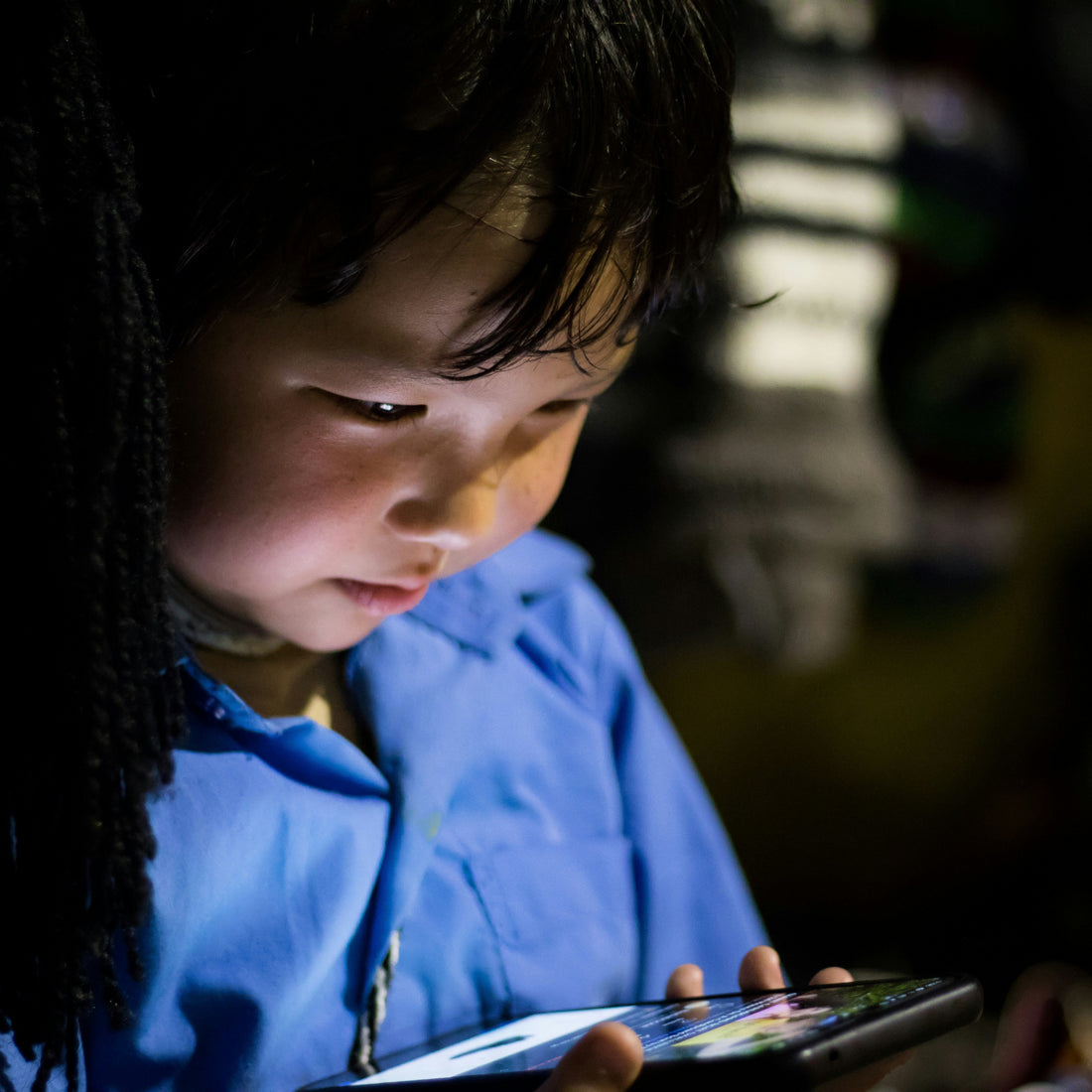
Are Your Kids Truly Safe? A Parent’s Guide to the Real Threats to Children’s Security
Share
🛡️ Are Your Kids Truly Safe? A Parent’s Guide to the Real Threats to Children’s Security
“It’s not just about watching them—it’s about protecting them in every world they live in: digital, physical, and emotional.”
👨👩👧👦 Why Child Security is More Complicated Today
As parents, we want our children to grow up safe and confident. But between the digital world, peer pressure, and community threats, safety has taken on a whole new meaning. Here’s what parents need to know and can do to keep children protected in today’s environment.
🌐 Online Safety: The Invisible Playground

The internet gives kids access to endless learning and entertainment—but it’s also where digital dangers lurk.
🚨 Risks to Watch:
- Cyberbullying on TikTok, Snapchat, and online games.
- Online predators pretending to be peers.
- Oversharing personal info, which could lead to identity theft.
- Exposure to inappropriate content, even with basic filters.
✅ What You Can Do:
- Use monitoring tools like Bark, Qustodio, or Google Family Link.
- Keep devices out of bedrooms at night.
- Set digital rules with screen time schedules.
- Talk openly about what’s safe and what’s not.
🛑 Physical Safety: A Growing Concern in Schools & Communities

We often take physical safety for granted—until something happens. But threats like school shootings, bullying, unsafe neighborhoods, and inadequate supervision are real issues parents face every day.
🔍 Real-World Problems:
- School Security Lapses: Many schools still lack basic safety procedures like locked doors, visitor management systems, or emergency drills.
- Unsafe Public Spaces: Parks or public transit can attract unwanted attention or criminal activity.
- After-School Gaps: Between 3–6 PM, many kids are unsupervised—prime time for accidents or bad influences.
- Child Abduction Risks: Especially for latchkey kids, walk-to-school routes, or busy urban areas.
🧩 Solutions You Can Start Today:
- Know your school’s emergency plan and push for better safety if needed (Read about the U.S. Department of Education’s school safety guidelines).
- Enroll your child in a safe after-school program like Boys & Girls Clubs of America.
- Use GPS wearables like Jiobit or apps like Life360 to track your child's location.
- Teach your child personal safety rules, such as:
- Never walk alone
- Yell “This is not my parent!” if approached
- Use safe routes and trusted adults
💬 Emotional & Mental Safety: The Hidden Impact

Emotional safety is just as important as physical. Bullying, social isolation, and constant comparison on social media are affecting children's self-worth and mental health.
💢 The Pressure Is Real:
- Social media can make kids feel “not good enough.”
- Bullying happens in person and behind screens.
- Kids often hide emotions out of fear of upsetting parents.
❤️ How to Build a Safe Emotional Space:
- Encourage daily check-ins: “How did today make you feel?”
- Praise effort, not perfection.
- Help them name and understand feelings.
- Use tools like Mood Meter App or emotion cards to help children express themselves.
⚕️ Digital Health & Wellness: Screen Time Has a Price
Image suggestion: A family sitting at a dinner table, all on their phones.
😴 Common Health Issues:
- Blue light from screens interferes with sleep.
- Overuse of tech causes headaches, eye strain, and anxiety.
- Viral trends can promote eating disorders, body image issues, and dangerous dares.
✅ What to Do:
- No screens 1 hour before bed.
- Prioritize outdoor play, chores, or physical activity.
- Filter or co-view YouTube and TikTok content.
🧠 Tip: Check out Common Sense Media for reviews and age recommendations for movies, games, and apps.
⚖️ Legal & Parental Rights: Stay Informed, Stay Protected
Many parents aren’t aware of the laws and protections that affect their children’s safety—especially online.
📌 Issues to Know:
- COPPA (Children's Online Privacy Protection Act) prohibits collecting data on kids under 13 without parental consent. Learn more here.
- If you're divorced, custody agreements may limit travel or medical consent.
- Schools and websites often request permission for photos, data, and activities—read before signing.
✅ Final Takeaway: Security Is a Team Effort
Protecting your child today means staying engaged, aware, and involved in all areas of their life. It’s not just about saying “no”—it’s about knowing when to step in, when to educate, and when to let them grow safely.
✅ Your Child's Safety Checklist:
- 🔒 Use parental control software
- 🧠 Have weekly check-ins about school & feelings
- 🚶♂️ Know your child’s physical routes and routines
- 🧑🏫 Build a relationship with teachers and counselors
- 📱 Teach online safety like you’d teach “look both ways”
📎 Bonus Resources for Parents
- 📘 NetSmartz Parent Resources (National Center for Missing & Exploited Children)
- 📱 Screen Time Parental App Comparison
- 🎒 School Safety Toolkit for Parents
